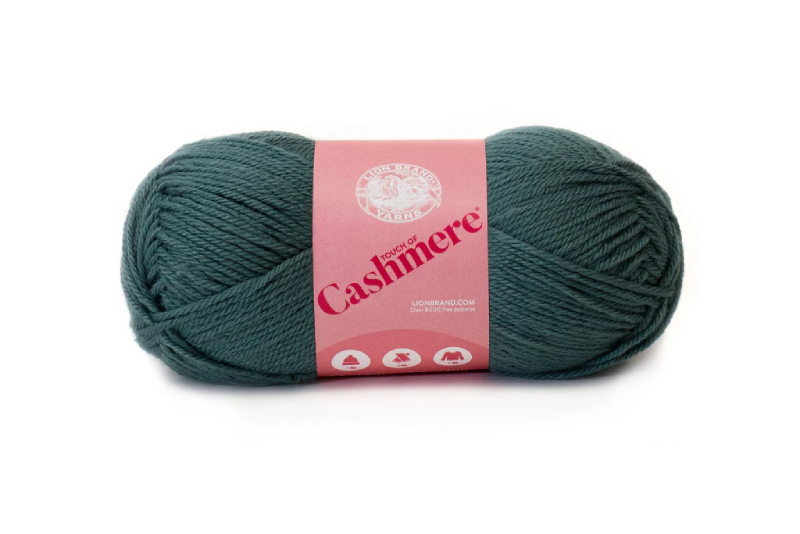The breathtaking beauty of Kashmir isn’t just limited to its stunning landscapes. For centuries, the region has been a cradle of exquisite craftsmanship, particularly evident in its unique and timeless clothing. But what exactly makes Kashmiri attire so special? Let’s delve into the secrets behind its enduring charm.
Craftsmanship and Techniques
Kashmiri clothing is a testament to generations of honed skills passed down through families. The intricate embroidery, known as “Kashmiri Tilla,” is a defining feature. Skilled artisans, often women, use a long hooked needle to create captivating designs using vibrant threads.
Another remarkable technique is “Sozni,” which involves painstakingly hand-stitching intricate floral patterns onto the fabric. This process can take weeks for a single garment, highlighting the dedication and artistry involved.

Natural Resources and Materials
The magic of Kashmiri clothing is further enhanced by the use of high-quality natural materials. Cashmere wool, known for its unparalleled softness and warmth, is the star player. Sourced from the underfurs of Changthangi goats that brave the harsh Himalayan winters, cashmere provides a luxurious feel unmatched by synthetic alternatives.
Pashmina, another prized material, comes from the even finer underfurs of these goats, making it even lighter and warmer. Silk also features prominently, adding a touch of elegance and creating stunning combinations with cashmere.
Cultural Significance
Kashmiri clothing transcends mere fashion; it’s deeply woven into the cultural fabric of the region. Traditional garments like the “Pheran,” a loose-fitting gown, and the “Turban,” a headwrap for men, are not just articles of clothing but symbols of identity and heritage. The vibrant colors and intricate designs often carry symbolic meanings, reflecting local customs and traditions.
Challenges and Preservation Efforts
The Kashmiri textile industry faces several challenges. The rise of machine-made imitations threatens the livelihood of traditional artisans. Additionally, sourcing high-quality raw materials and the time-consuming nature of handcrafting garments can make them expensive.
However, efforts are underway to preserve this precious heritage. Government initiatives and training programs aim to empower artisans and ensure the continuation of these age-old techniques. Fashion designers are incorporating Kashmiri textiles into contemporary designs, finding a balance between tradition and modern trends.

Global Recognition and Influence
The world is starting to recognize the exceptional quality and artistry of Kashmiri clothing. Renowned designers are incorporating Kashmiri textiles into their collections, showcasing them on international runways. This global exposure not only provides a wider market for Kashmiri artisans but also inspires appreciation for their unique skills.
Conclusions
Kashmiri clothing is a captivating blend of artistry, tradition, and natural luxury. The intricate craftsmanship, coupled with the use of premium materials like cashmere and pashmina, elevates it beyond mere clothing into a form of wearable art. As preservation efforts continue, the world can continue to be dazzled by the timeless beauty of Kashmir’s sartorial legacy.





